and multi-lobed cartouches in Kingwood (violet wood). This chevron technique, based on the varied play of wood grain
of the wood grain obtained by obliquely cutting rosewood, is virtually a
virtually a Léonard Boudin trademark. Quadrilateral in shape
trapezoidal shape, its sloping side opens onto a poly-lobed flap forming a
flap. The flap lowers horizontally from back to front, resting on two
two movable brass rods, inserted in the convex belt, to form a flat surface
to form a flat writing surface. The sinuous flap follows the
movement of the frame; inside, it is lined with a frame sheathed in black
gilded black morocco. Once in horizontal position
reveals a compartmentalized interior with progressive, multi-lobed
in amaranth and rosewood, bordered by stained veneer.
black-tinted veneer, comprising two pedestals and a niche.
paper clamp. Two lateral boxes hold four curved, slimline oak layettes (small drawers), each with a gilded bronze pull-out lens. In the axial section, a paper-holding niche, also fitted with a drawer, is set back from a slab; this conceals the opening of a secret compartment for soft banknotes concealed beneath the castin. The lower right-hand drawer is divided into three small compartments for the inkwell, compact, sponge box and quill pens, and a large one for banknotes. Our secretary opens at the waist with three drawers in two rows, two small ones at the top and one long one at the bottom of the waist. The set rests on four slender cambered legs with four tapering sides. This charming secretary is typical of Léonard Boudin's production from 1750-1755. The jurande de Paris JME is stamped twice alongside the slightly faded and partial Léonard Boudin stamp (only the end and beginning are still visible) on the edge of the front crosspiece.
Dimensions: width 98.5cm, depth 50.5cm and height 92.4cm (flap extended 79cm). Léonard BOUDIN (1735-1807) cited Master, March 4, 1761. Several works by this skilled cabinetmaker are preserved in public collections. Let us mention a small Louis XV chest of drawers at the Louvre, a large Louis XV chest of drawers with two drawers without a crossbar at the Palace of Versailles or a small Louis XV secretary at the Cleveland Museum of Art. Léonard Boudin (1735-1807), a cabinetmaker who became a master in 1761, began his career working for the merchant cabinetmaker Migeon. From 1770, his growing reputation earned him orders from other cabinetmakers such as Peridiez and Louis Moreau. In 1772, he opened his own shop and, in turn, employed his colleagues: Topino, Denisot, and Gilbert. Some time later, Boudin exclusively offered the production of other cabinetmakers, affixing his stamp, which then became a mark of quality.
General terms of delivery: General terms of sale and delivery: The price indicated on the advertisement includes delivery throughout metropolitan France. For Germany, Belgium, Italy, or Spain, contact us for a quote. For the United States, non-EU Europe, or the rest of the world, contact us for a quote, but the import taxes applicable in each country remain your responsibility. Packaging and transport monitoring are provided by ourselves or by professional carriers specialized in Works of Art.





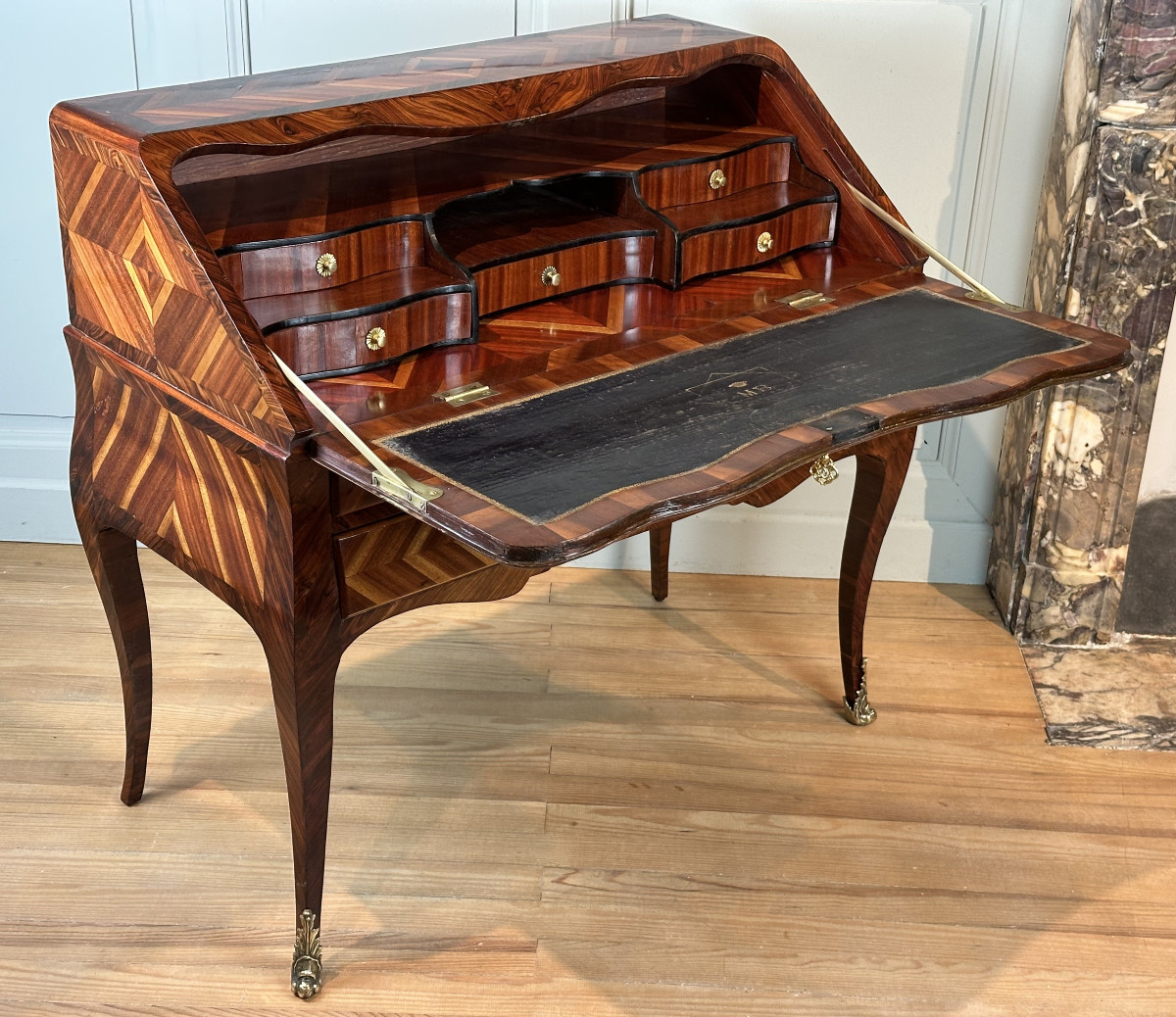




















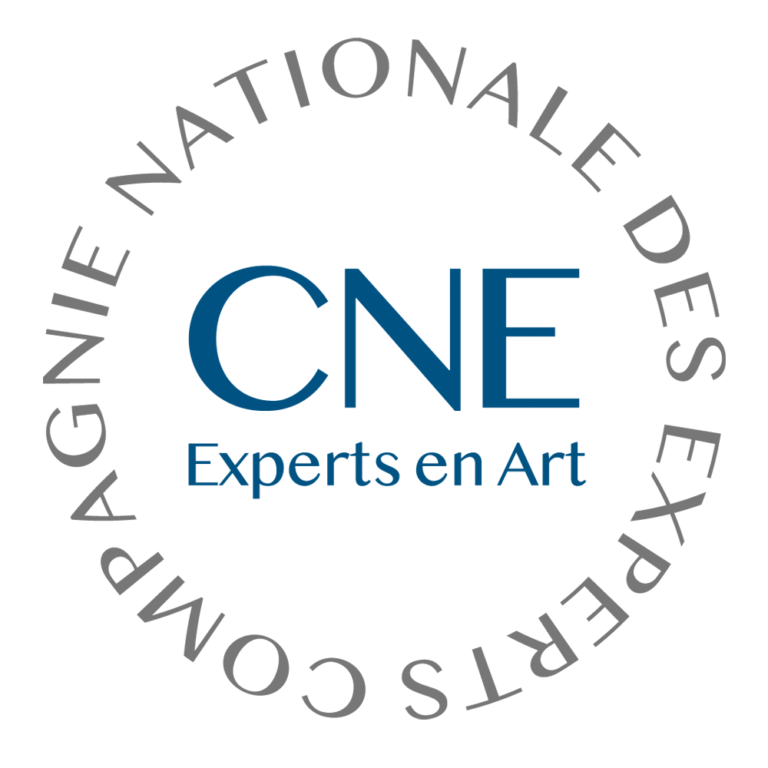

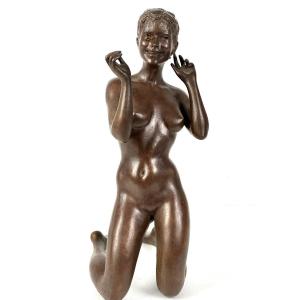
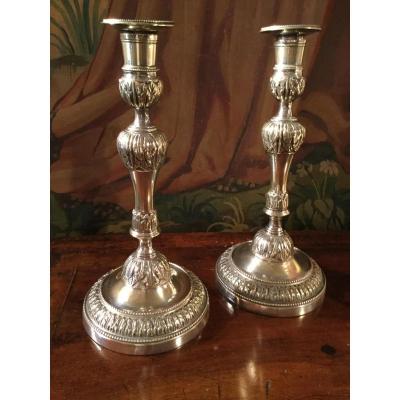

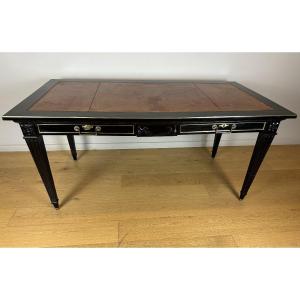





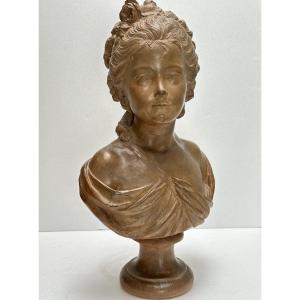

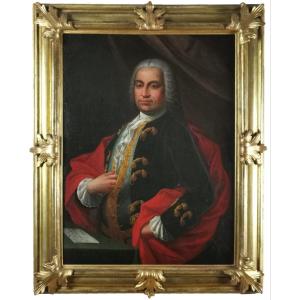
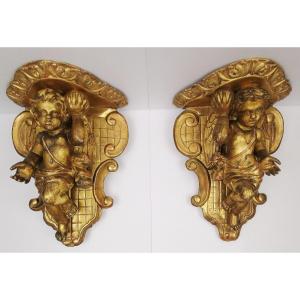
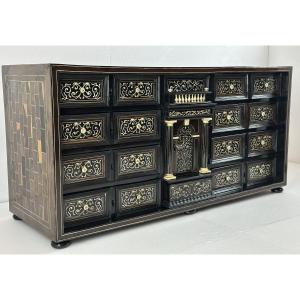




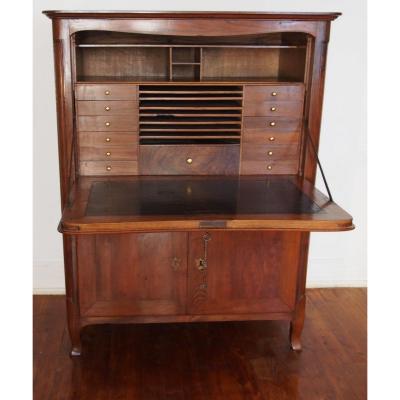



 Le Magazine de PROANTIC
Le Magazine de PROANTIC TRÉSORS Magazine
TRÉSORS Magazine Rivista Artiquariato
Rivista Artiquariato